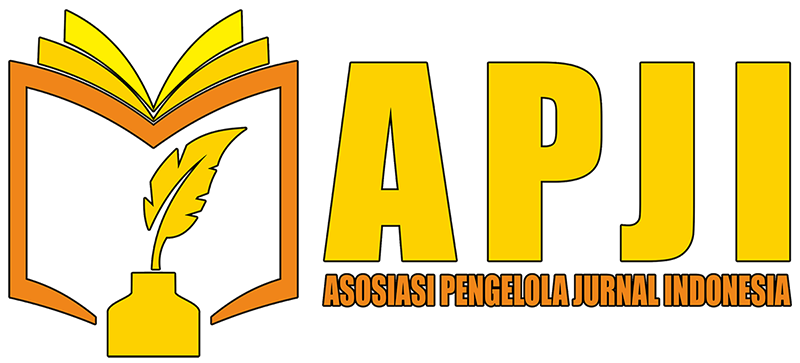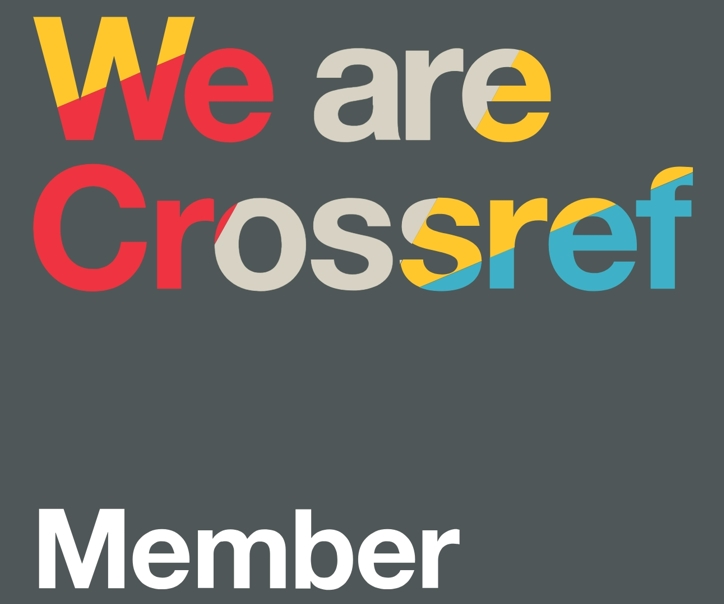Analisis Desain Arsitektur Komputer Terhadap Efesiensi Operasional dan Kinerja Sistem Terintegrasi
Main Article Content
Salsabillah R. Jannah
Nurul Aini Siregar
Fadila Syeftriana
Indra Gunawan
Perkembangan teknologi digital menuntut organisasi untuk mengoptimalkan sistem informasi guna meningkatkan efisiensi operasional dan kinerja. Penelitian ini bertujuan untuk menganalisis pengaruh desain arsitektur komputer terhadap efisiensi operasional serta kinerja sistem terintegrasi. Metode yang digunakan adalah kualitatif deskriptif dengan dukungan studi literatur, yang mencakup aspek perangkat keras, perangkat lunak, dan jaringan. Hasil penelitian menunjukkan bahwa desain arsitektur komputer yang tepat dapat meningkatkan efisiensi penggunaan sumber daya, mengurangi redundansi data, mempercepat proses operasional, dan mendukung pengambilan keputusan secara cepat dan akurat. Integrasi antar subsistem dalam arsitektur yang terencana dengan baik juga berkontribusi terhadap peningkatan reliabilitas dan skalabilitas sistem. Dengan demikian, arsitektur komputer yang optimal tidak hanya berfungsi sebagai fondasi teknis, tetapi juga sebagai strategi dalam meningkatkan daya saing organisasi melalui efisiensi operasional dan kinerja sistem yang terintegrasi.
[1] Laudon, K. C., & Laudon, J. P. (2020). Management Information Systems: Managing the Digital Firm (16th ed.). Pearson Education.
[2] Stallings, W. (2021). Computer Organization and Architecture: Designing for Performance (11th ed.). Pearson.
[3] Tanenbaum, A. S., & Austin, T. (2019). Structured Computer Organization (6th ed.). Pearson.
[4] McLeod, R., & Schell, G. (2017). Management Information Systems (13th ed.). Pearson Education.
[5] O’Brien, J. A., & Marakas, G. M. (2016). Introduction to Information Systems (16th ed.). McGraw-Hill Education.
[6] Hevner, A. R., & Gregor, S. (2020). Design Science Research for a New Age: A Design Science Research Primer. Springer.
[7] Turban, E., Pollard, C., & Wood, G. (2018). Information Technology for Management: On-Demand Strategies for Performance, Growth and Sustainability (11th ed.). Wiley.
[8] Sommerville, I. (2020). Software Engineering (10th ed.). Pearson.
[9] Al-Debei, M. M., & Avison, D. (2017). Developing a unified framework of the business model concept. European Journal of Information Systems, 19(3), 359–376.
[10] Enterprise Architecture Center of Excellence (EACOE). (2022). The Role of Enterprise Architecture in Digital Transformation. Retrieved from https://www.eacoe.org
[11] Patterson, D. A., & Hennessy, J. L. (2018). Computer Architecture: A Quantitative Approach (6th ed.). Morgan Kaufmann.
[12] Laudon, K. C., & Traver, C. G. (2021). E-Commerce: Business, Technology, Society (16th ed.). Pearson.
[13] Bocij, P., Greasley, A., & Hickie, S. (2019). Business Information Systems: Technology, Development and Management for the Modern Business (6th ed.). Pearson Education.
[14] Marakas, G. M. (2017). Decision Support Systems in the 21st Century (4th ed.). Pearson Education.
[15] ISO/IEC 42010:2022. Systems and Software Engineering — Architecture Description. International Organization for Standardization.






